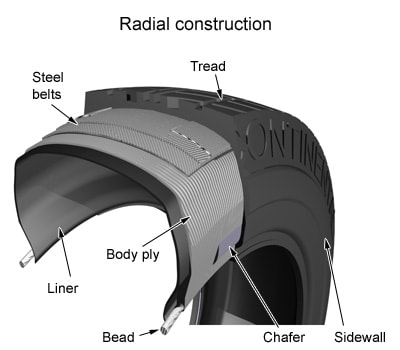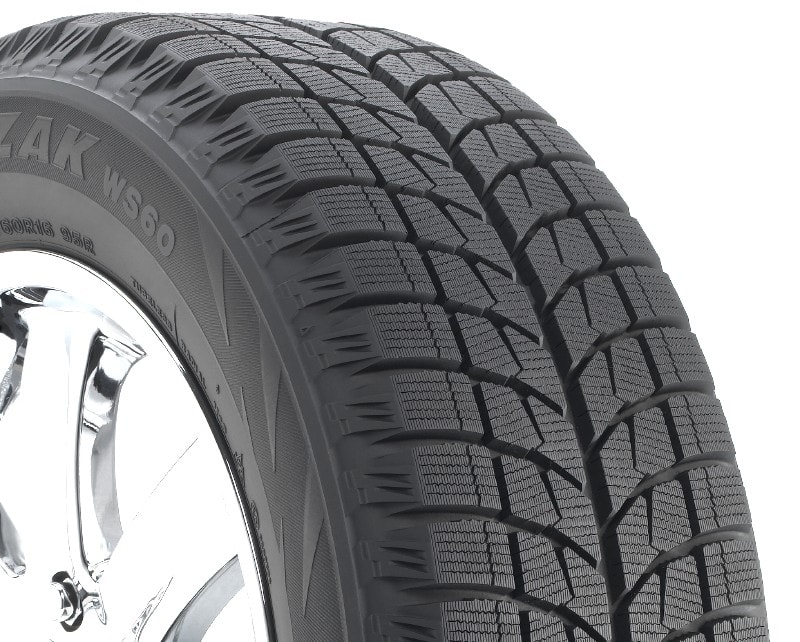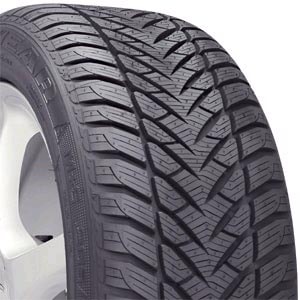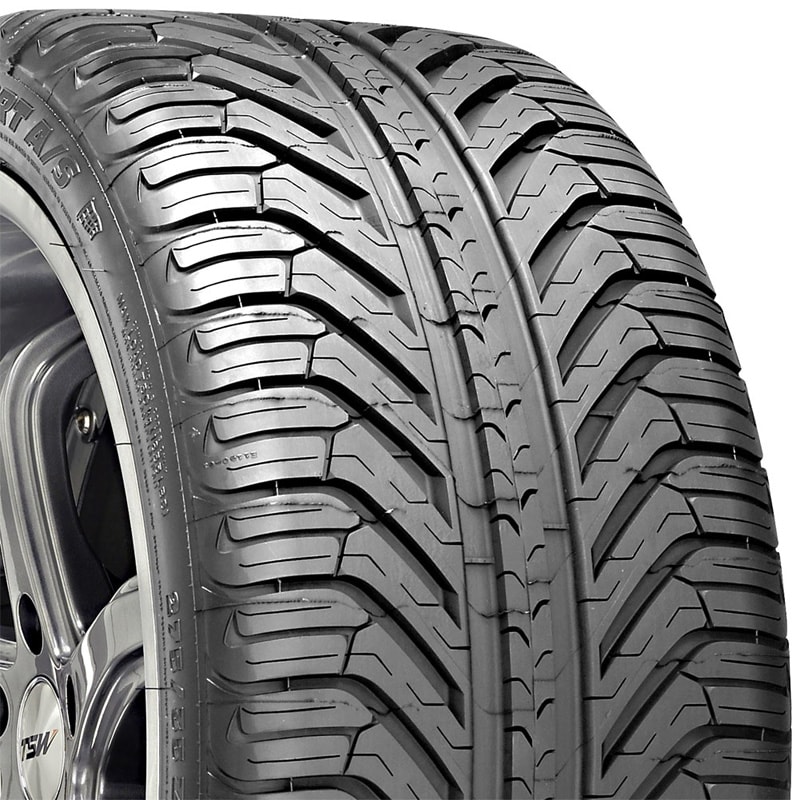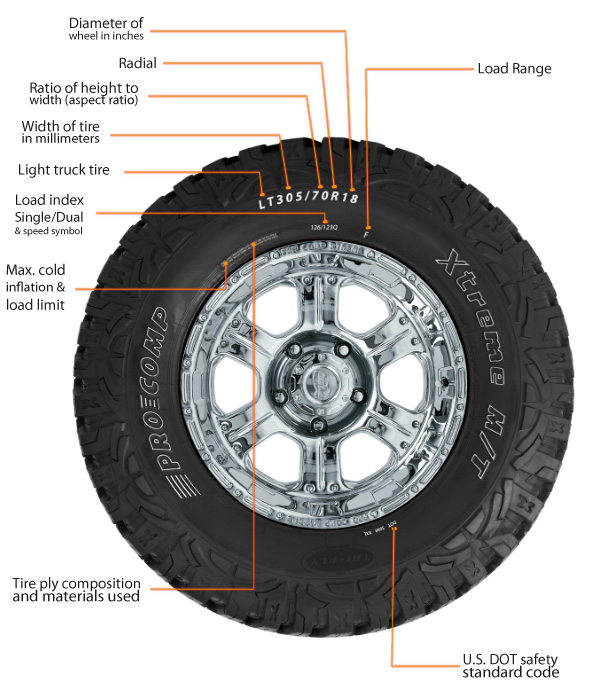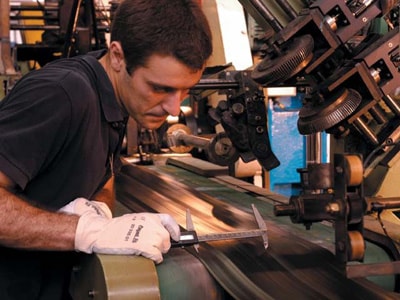Driving on snow is as dangerous as it is fun. In fact, this is what car enthusiasts from all over the world think about when it comes to difficult winter conditions. And although we really agree with this statement, we can't help but admit that winter driving is a special thing and it doesn't really matter how much experience you have, only one second of lost traction and the car is no longer under your control.
Of course, as it happens before the start of the winter, most drivers are preparing their cars for the cold season with all the necessary equipment, regardless if we're talking about winter tires, winter windscreen fluid, antifreeze solution or all kinds of sprays supposed to make our lives easier during this time of year. Since debates over winter, summer and all-season tires are basically all around, we'll try a different approach on the matter and we're going to try to answer to a few key questions regarding winter tires.
We all know that winter tires are obviously better than summer ones, but why exactly? What makes them so special to offer such a high performance in cold conditions? But let's take things one at a time.
THE TIRE
A typical car tire is made of 6 main elements, each having a key role in offering the necessary traction for every kind of vehicle and depending on a number of factors, such as exterior conditions. The six components are the airtight rubber, the carcass ply, the beads, the sidewall, the crown plies and the tread.
Separately, the airtight synthetic rubber is made of what tire manufactures call impermeable butyl rubber and is basically the main part that replaces the old tube used on vehicles a long time ago. It has the role of keeping the air inside the tire, so every time you experience a problem with the air pressure, this could be the first cause of the loss.
The carcass ply, although having a pretty fancy name, is nothing more than a connection of multiple cables supposed to strengthen the tire. It is made of textile fiber cables bonded into the rubber to be extra-resistive to shocks and pressure.
The beads are the two interior edges of the tire that make contact with the wheel rim and practically isolates the interior of the wheel from the exterior. Together with the airtight rubber, it keeps air inside the wheel.
The part you're interacting the most with is the sidewall, because it holds information regarding the tire, including speed limit, dimensions, pressure, manufacturing date and many other details. In addition, the sidewall protects the tire surface from impacts with all kinds of objects, be them rocks or other objects on the road.
The crown plies prepare the tire treads for the impact with road, so they must be very flexible to provide a comfortable ride but also rigid to be able to protect the tire. They also play a key role in the overall mileage the car can achieve with the respective type of tire, as they also serve as the ultra resistive base of the tire. They are the ones that could be easily seen on the tire surface if the tire per se is worn out.
In just a few words, each tire has the aforementioned six elements but why are the winter tires better than the summer ones during the winter? Of course, it has to do with one of these parts.
There are multiple things that makes a winter tire more appropriate for the cold season and we're going to discuss two of them: the design and the rubber compound.
The design is basically the way the tire interacts with snow, as most summer, and even all-season tires tend to store snow in the tread, thus evening out the tire surface and losing traction. Special winter tires are designed to throw the snow away and keep the surface clean on the whole depth of the tread, thus maintaining traction and handling.
Newer tires are adopting new designs, some of them incredibly efficient but, as the design is improved, tire manufactures must also concentrate on the chemistry of the rubber compounds, so let's step to our next chapter.
Of course, the way the tire reacts to low temperatures affects grip which, in its turn, has a strong relation with steering and braking performance.
Tire manufactures are usually tight-lipped when it comes to the compounds they use for winter tires, mostly because this is what makes a tire better than another, so it's all about competition. However, newer projects have offered us a glimpse into the materials that could be used inside a winter tire.
Stiffer rubber at the base of the treads and in the sidewalls, but more flexible rubber for the treads to better react when making contact with the snow, is used inside. There are numerous technologies to enhance tire tread performance, such as synthetic rubber plus carbon black or clay to increase the strength of the tire, but most tires are specifically designed to make the interior layers stiffer.
The rubber layers are treated with multiple substances to slow oxidation, including zinc oxide or even wax or other types of anti-oxidations products.
In general, winter tires are designed in such a way that they become stiffer inside and more flexible at the exterior to provide better grip at low temperatures. Additionally, they have tougher bead construction to resist to multiple mounting and dismounting operations which usually take place before the beginning of the cold season.
Although they're designed to work together as a whole and improve the final performance of the tire, the rubber compound and the design each help in certain conditions. For instance, if you have to drive on fresh snow, the type of rubber used inside a tire and the grip it provides are more important than the design because the packed snow doesn't stick on the whole depth of the treads.
There are millions of advices on which winter tire is the best for your car and why you should choose a specific type, but we won't go so far because such a decision usually depends on a way too wide array of factors. However, we must emphasize, once and for all, that summer and all-season tires were not, are not and will not be able to be efficient during winter and no matter how good driver you are, winter tires are a must during the cold season.
Separately, the airtight synthetic rubber is made of what tire manufactures call impermeable butyl rubber and is basically the main part that replaces the old tube used on vehicles a long time ago. It has the role of keeping the air inside the tire, so every time you experience a problem with the air pressure, this could be the first cause of the loss.
The carcass ply, although having a pretty fancy name, is nothing more than a connection of multiple cables supposed to strengthen the tire. It is made of textile fiber cables bonded into the rubber to be extra-resistive to shocks and pressure.
The beads are the two interior edges of the tire that make contact with the wheel rim and practically isolates the interior of the wheel from the exterior. Together with the airtight rubber, it keeps air inside the wheel.
The part you're interacting the most with is the sidewall, because it holds information regarding the tire, including speed limit, dimensions, pressure, manufacturing date and many other details. In addition, the sidewall protects the tire surface from impacts with all kinds of objects, be them rocks or other objects on the road.
The crown plies prepare the tire treads for the impact with road, so they must be very flexible to provide a comfortable ride but also rigid to be able to protect the tire. They also play a key role in the overall mileage the car can achieve with the respective type of tire, as they also serve as the ultra resistive base of the tire. They are the ones that could be easily seen on the tire surface if the tire per se is worn out.
In just a few words, each tire has the aforementioned six elements but why are the winter tires better than the summer ones during the winter? Of course, it has to do with one of these parts.
There are multiple things that makes a winter tire more appropriate for the cold season and we're going to discuss two of them: the design and the rubber compound.
THE DESIGN
Although we've heard about people who were buying winters tires just because the treads were V-shaped, it's extremely important to have the right design for the winter tires you choose. However, it's still impossible to determine the best design for a winter tire, as such a solution is most likely a compromise. You can't have both the perfect design and the perfect compounds, each aspect has its very own role and could help in different conditions.The design is basically the way the tire interacts with snow, as most summer, and even all-season tires tend to store snow in the tread, thus evening out the tire surface and losing traction. Special winter tires are designed to throw the snow away and keep the surface clean on the whole depth of the tread, thus maintaining traction and handling.
Newer tires are adopting new designs, some of them incredibly efficient but, as the design is improved, tire manufactures must also concentrate on the chemistry of the rubber compounds, so let's step to our next chapter.
THE RUBBER COMPOUND
Although the design is also important, this is the part that makes winter tires so efficient during the cold season. Basically, the tire compound becomes efficient at low temperatures or, if you prefer, when summer and all-season tires are becoming useless or provide only minimum traction. Due to its compounds, a summer tire stiffens as temperature drops, so the result is pretty easy to imagine: the tire, the wheel, the car and the driver slide on snow or ice just like you'd do on the same surface if shoed with a pair of sneakers.Of course, the way the tire reacts to low temperatures affects grip which, in its turn, has a strong relation with steering and braking performance.
Tire manufactures are usually tight-lipped when it comes to the compounds they use for winter tires, mostly because this is what makes a tire better than another, so it's all about competition. However, newer projects have offered us a glimpse into the materials that could be used inside a winter tire.
Stiffer rubber at the base of the treads and in the sidewalls, but more flexible rubber for the treads to better react when making contact with the snow, is used inside. There are numerous technologies to enhance tire tread performance, such as synthetic rubber plus carbon black or clay to increase the strength of the tire, but most tires are specifically designed to make the interior layers stiffer.
The rubber layers are treated with multiple substances to slow oxidation, including zinc oxide or even wax or other types of anti-oxidations products.
In general, winter tires are designed in such a way that they become stiffer inside and more flexible at the exterior to provide better grip at low temperatures. Additionally, they have tougher bead construction to resist to multiple mounting and dismounting operations which usually take place before the beginning of the cold season.
Although they're designed to work together as a whole and improve the final performance of the tire, the rubber compound and the design each help in certain conditions. For instance, if you have to drive on fresh snow, the type of rubber used inside a tire and the grip it provides are more important than the design because the packed snow doesn't stick on the whole depth of the treads.
There are millions of advices on which winter tire is the best for your car and why you should choose a specific type, but we won't go so far because such a decision usually depends on a way too wide array of factors. However, we must emphasize, once and for all, that summer and all-season tires were not, are not and will not be able to be efficient during winter and no matter how good driver you are, winter tires are a must during the cold season.
